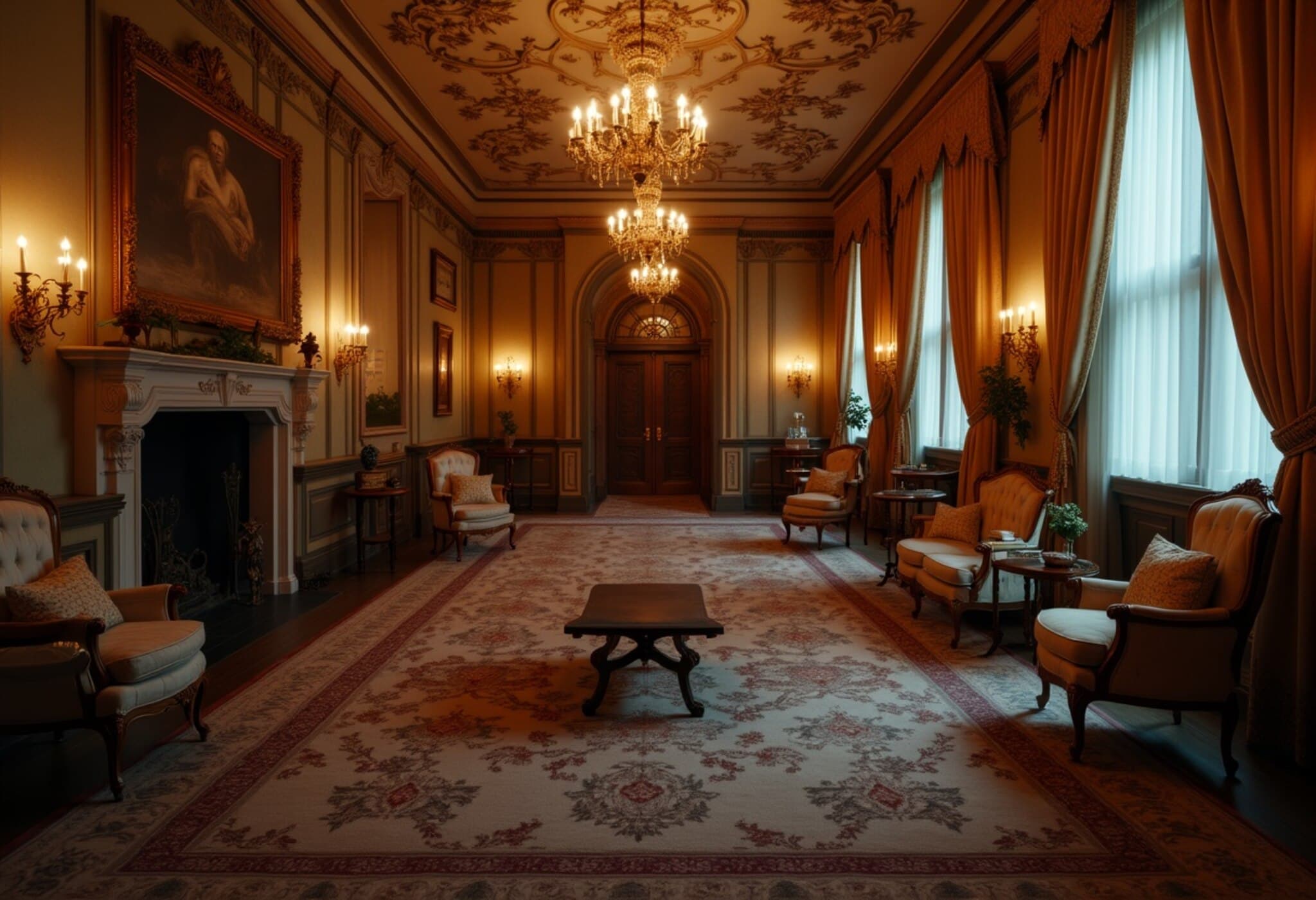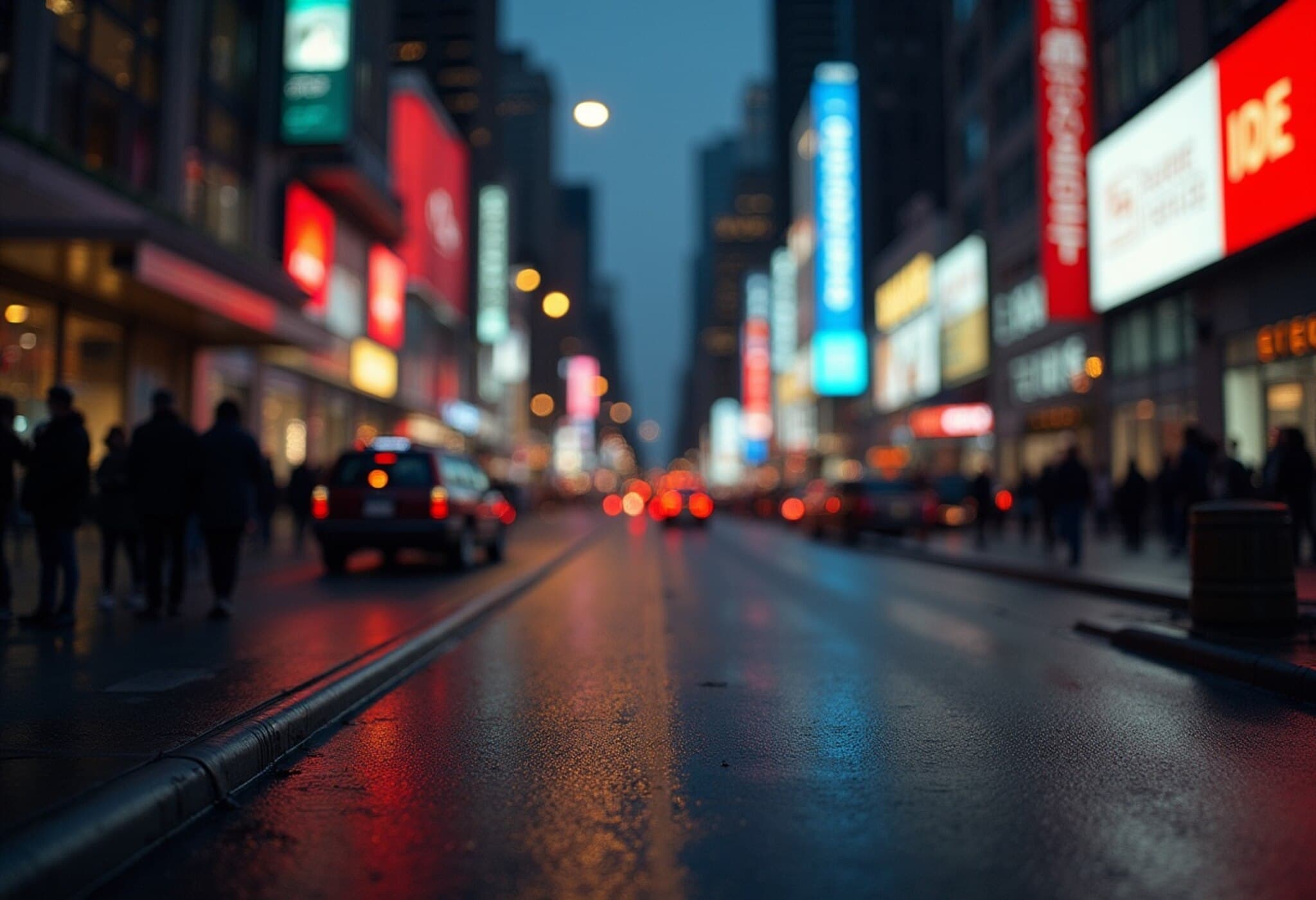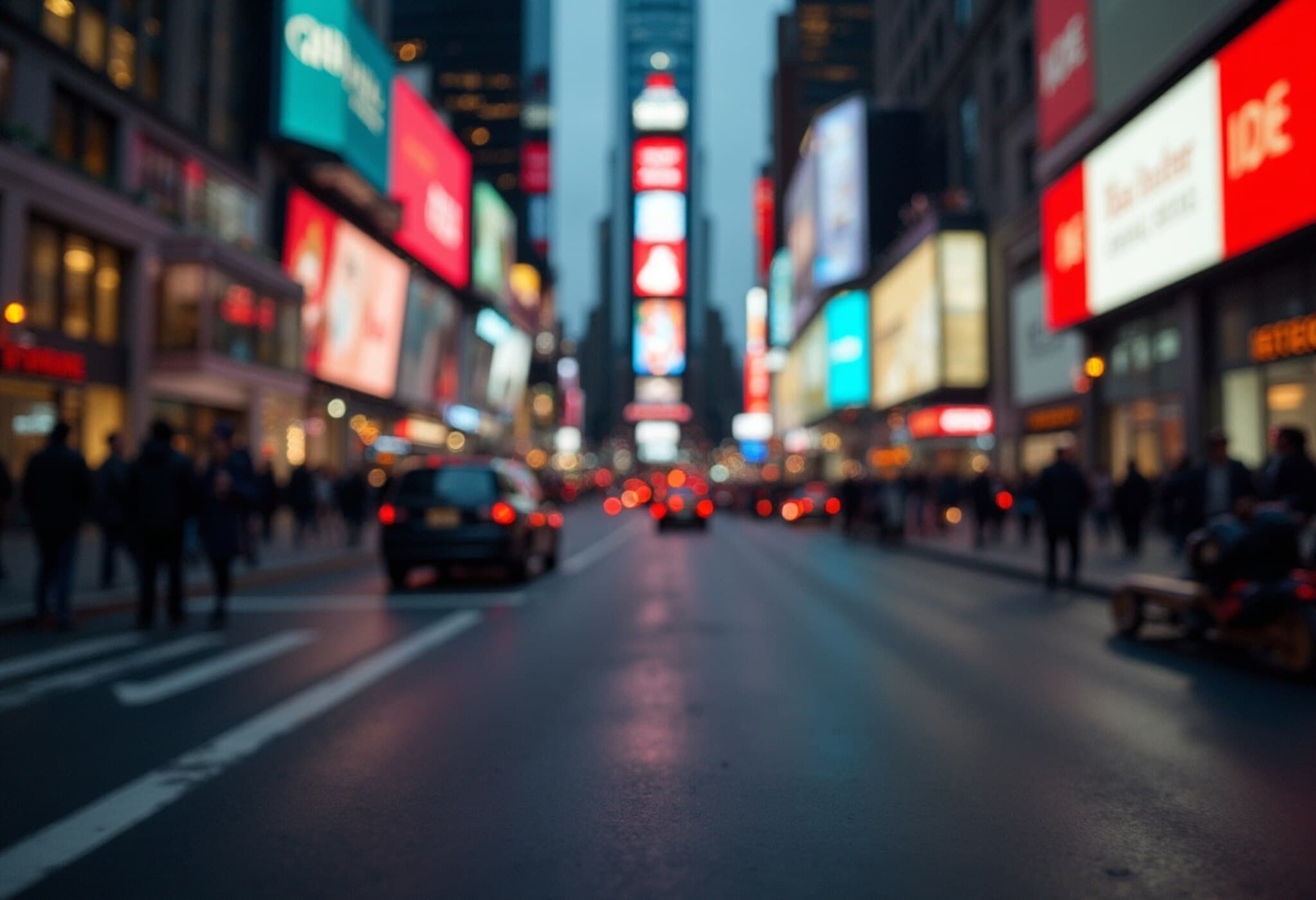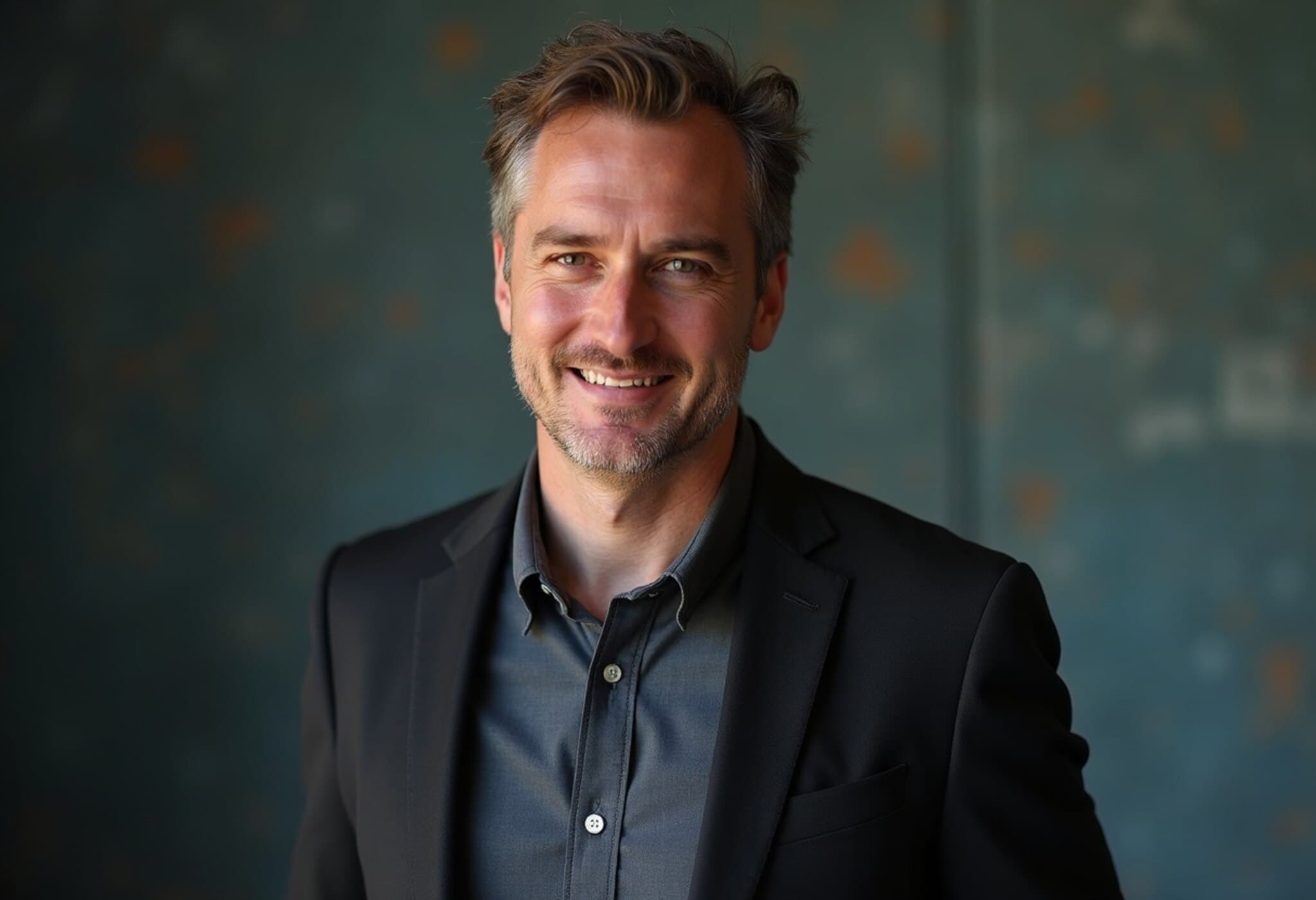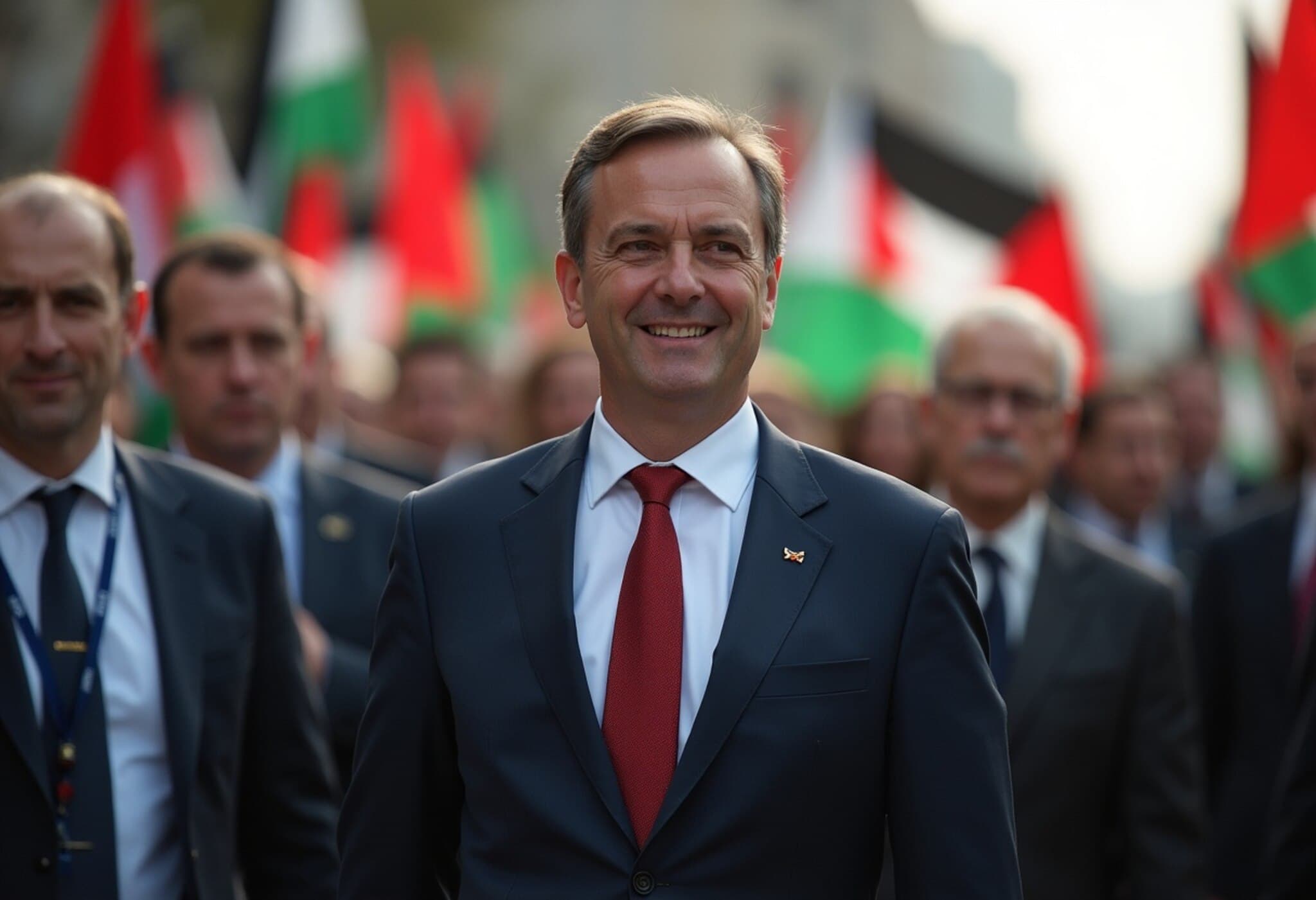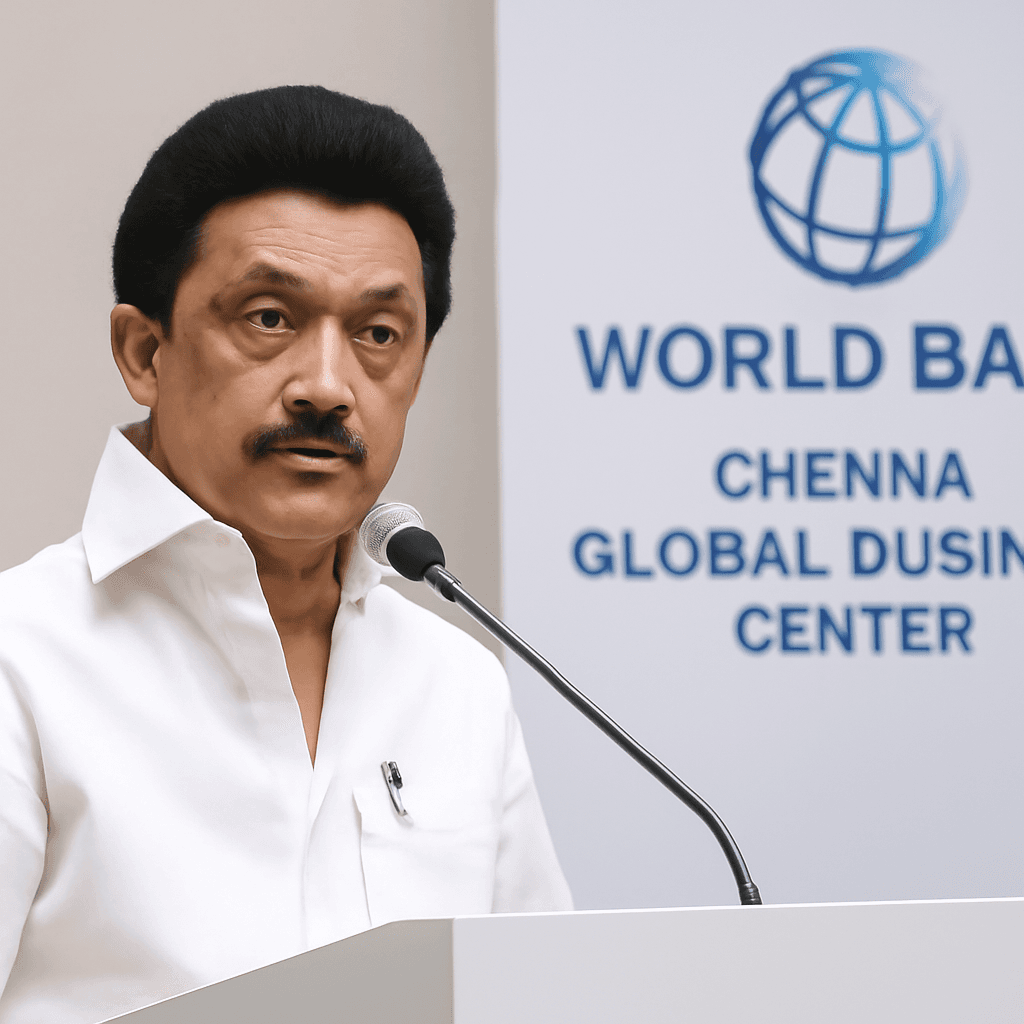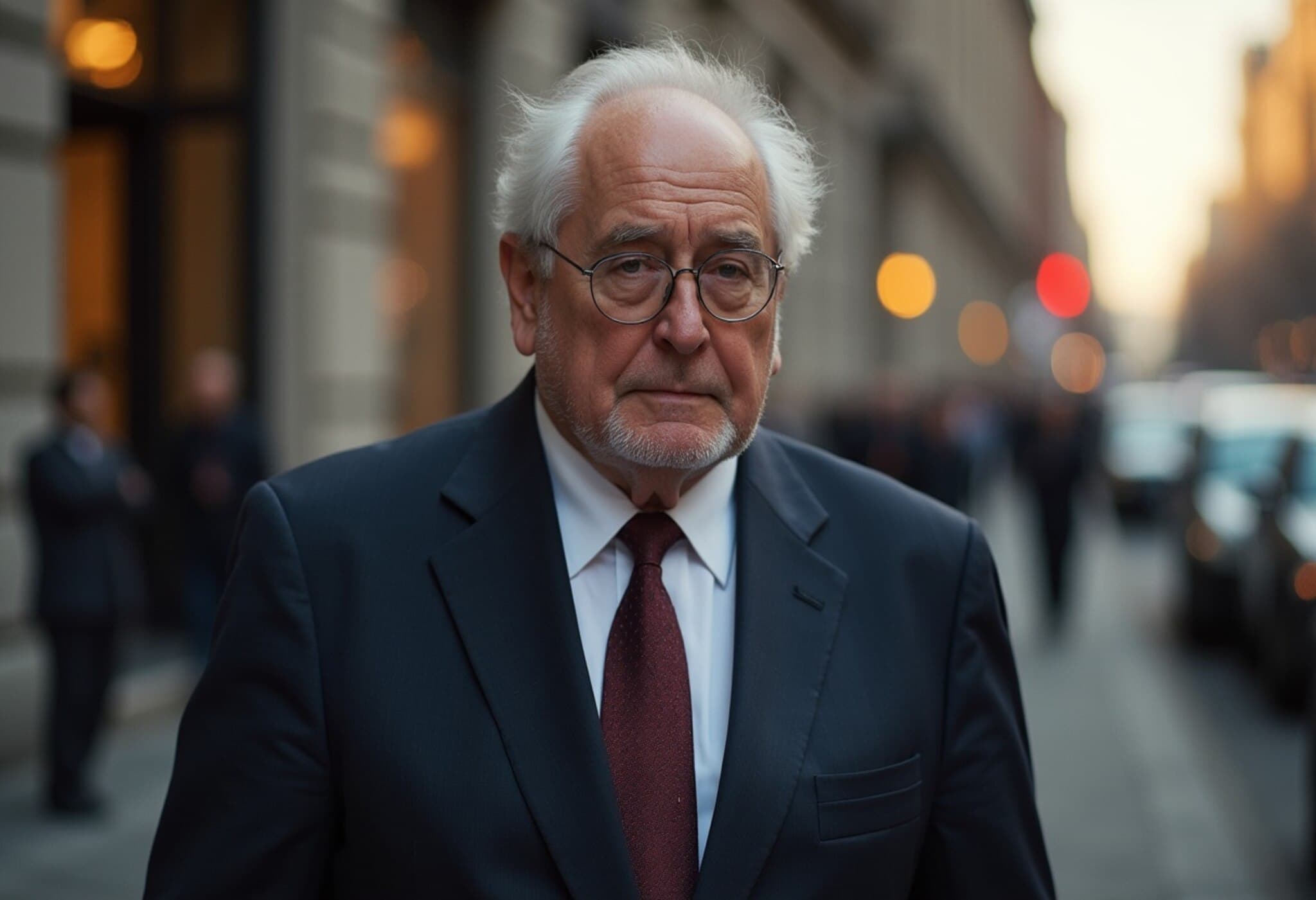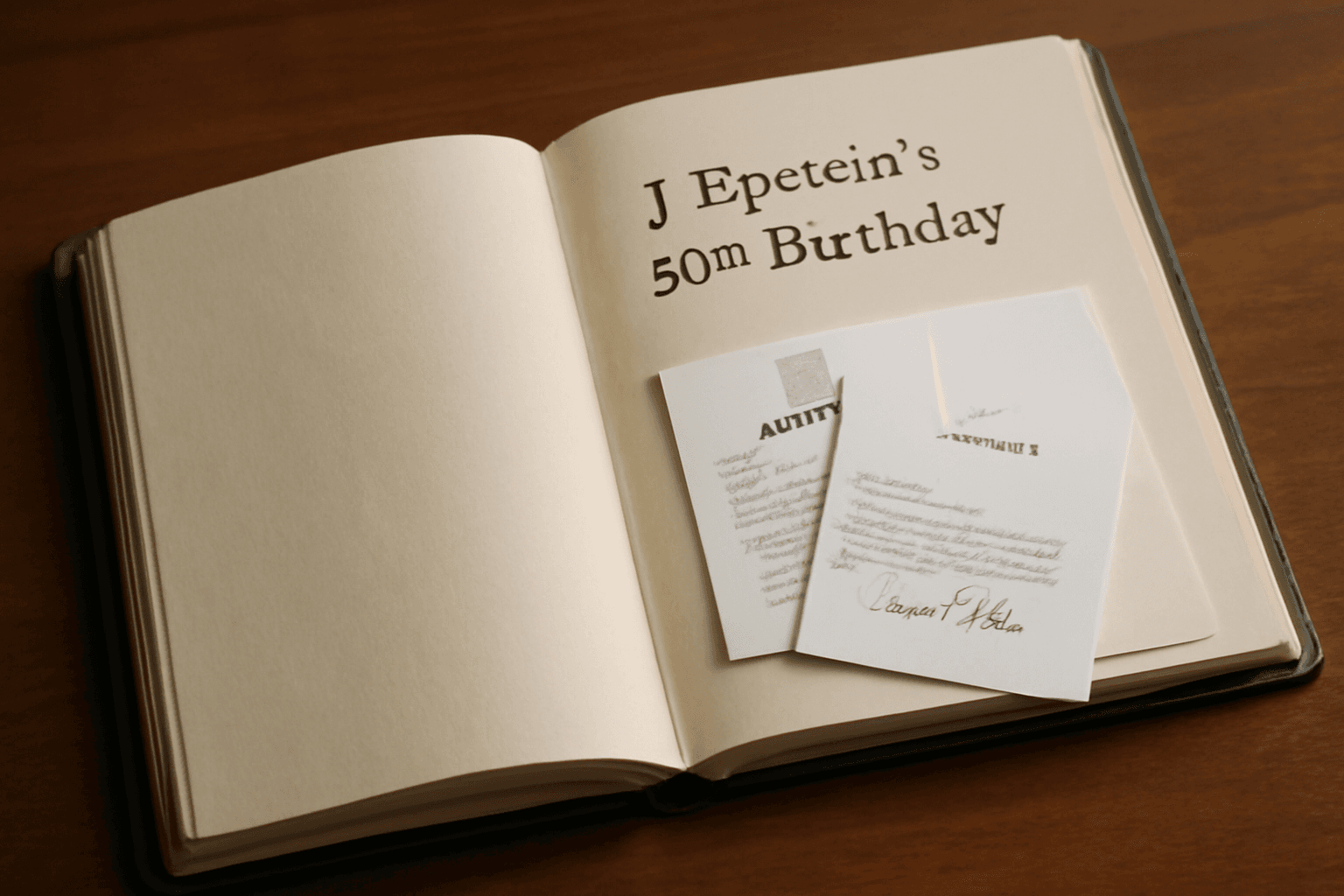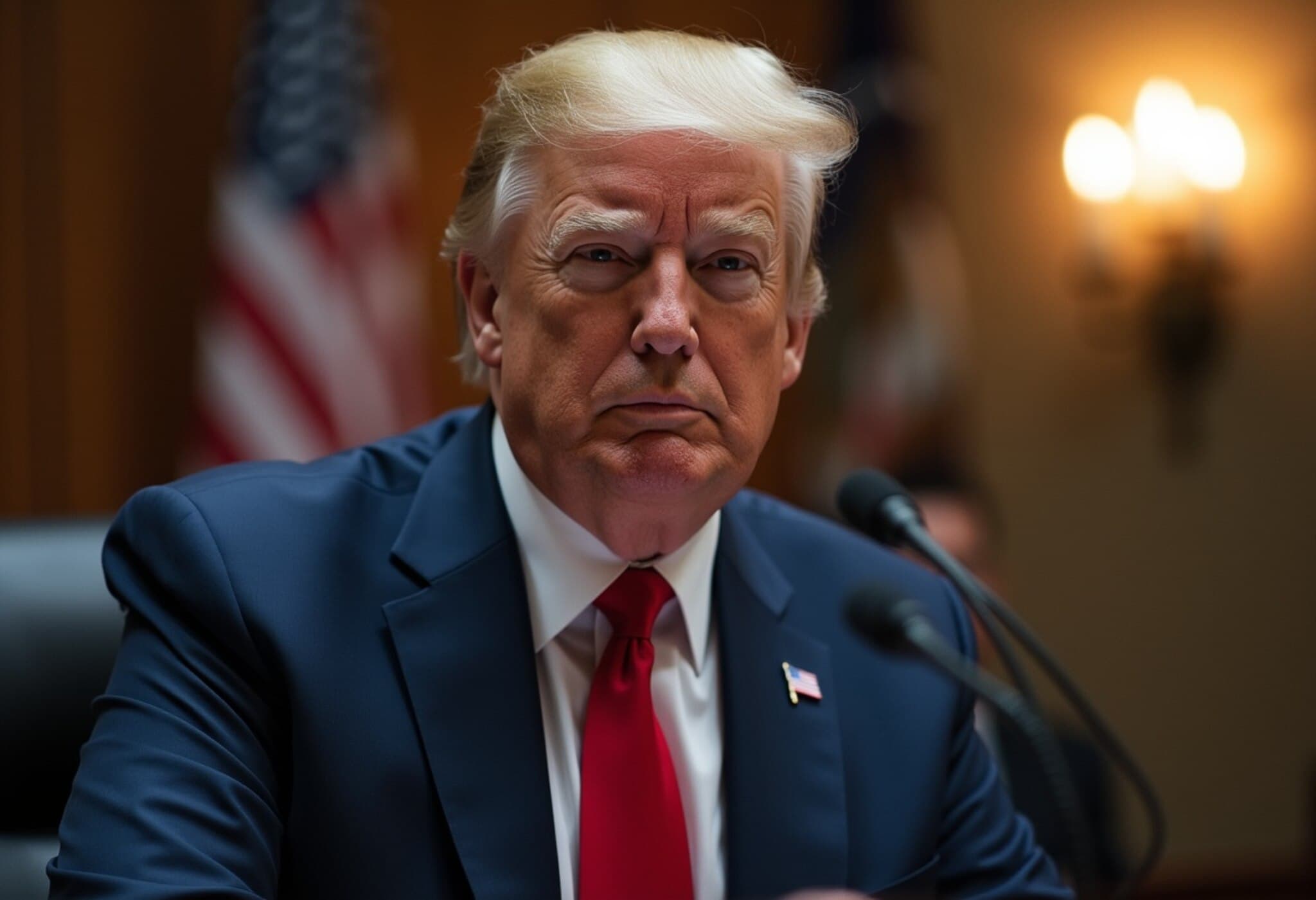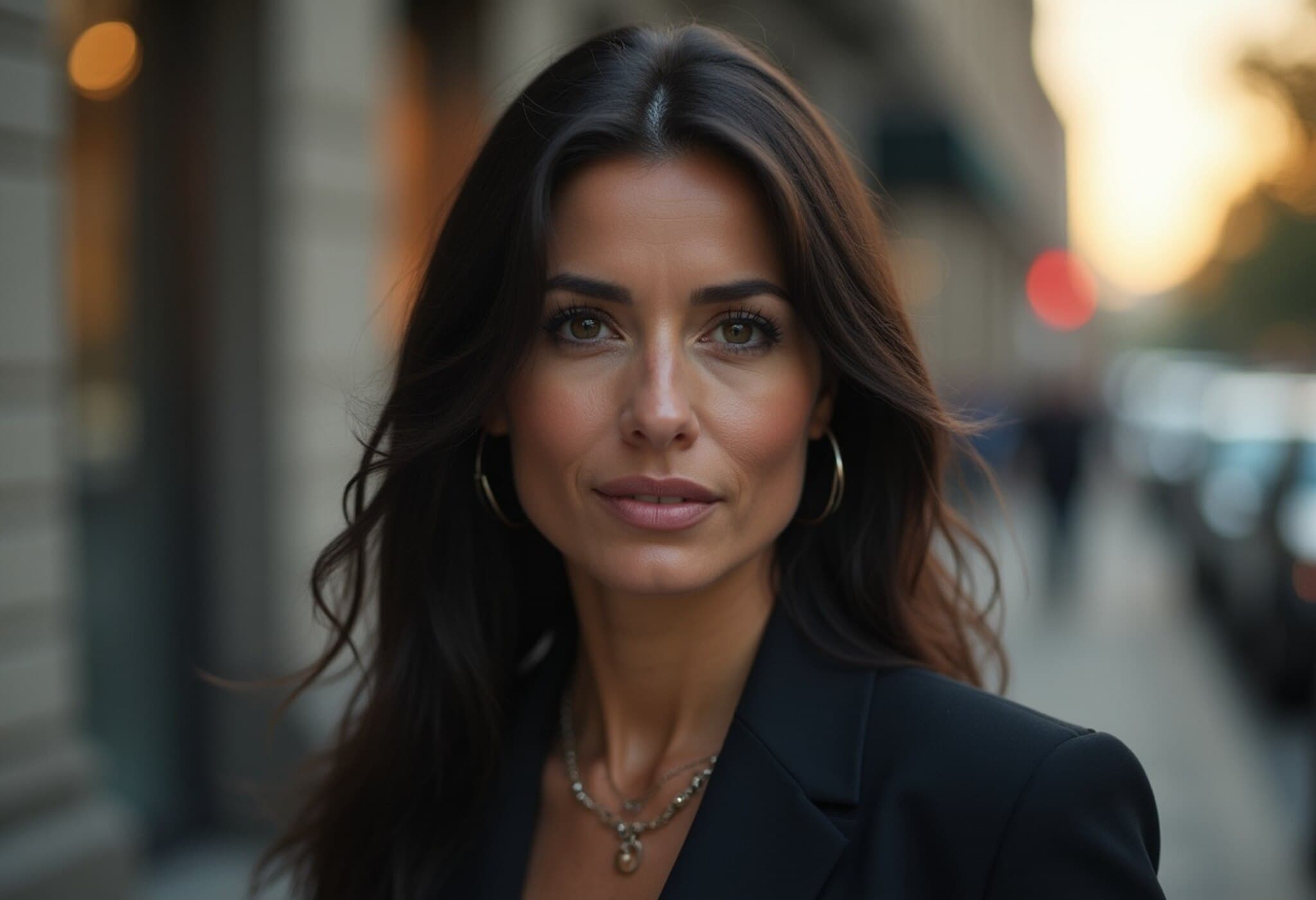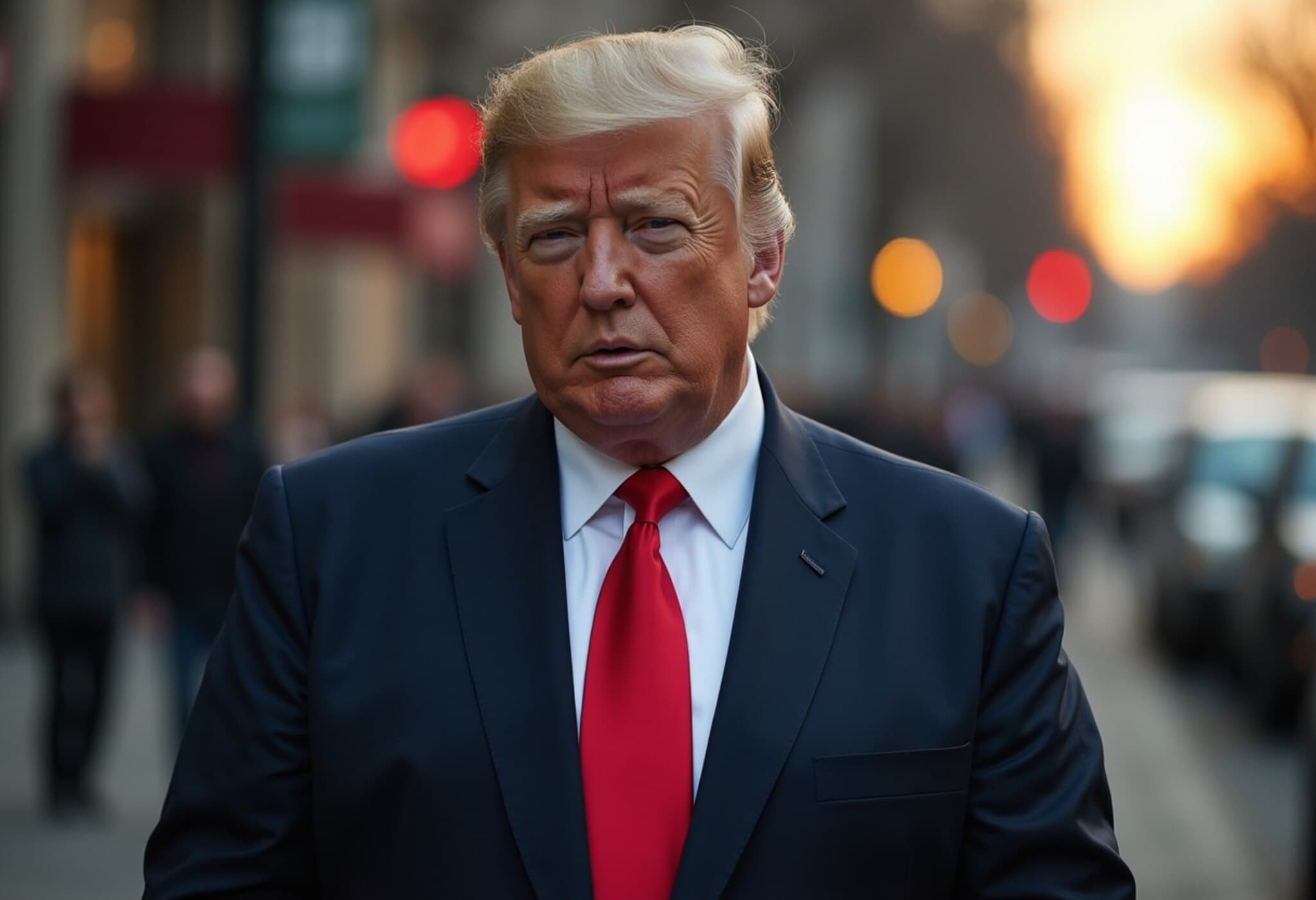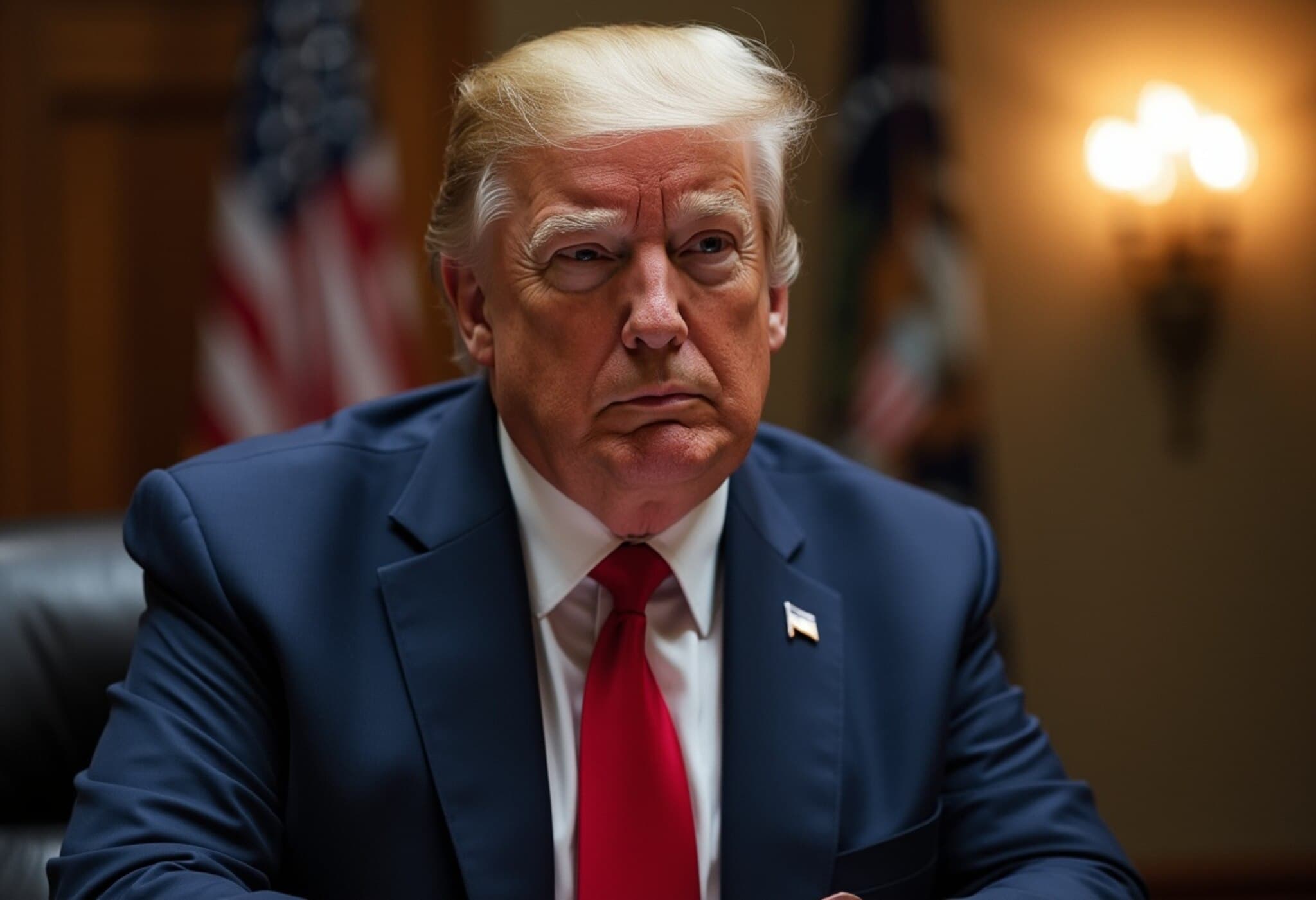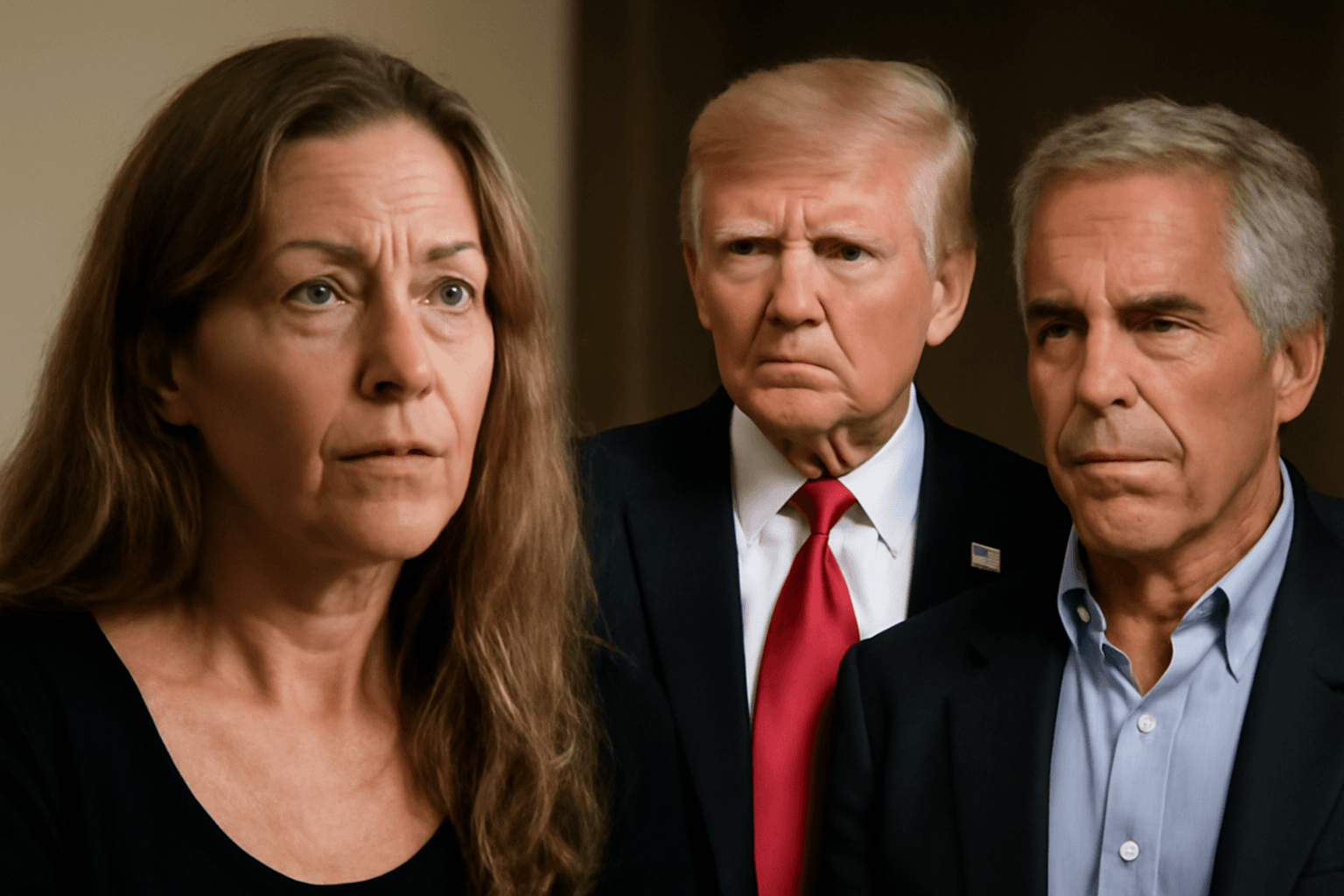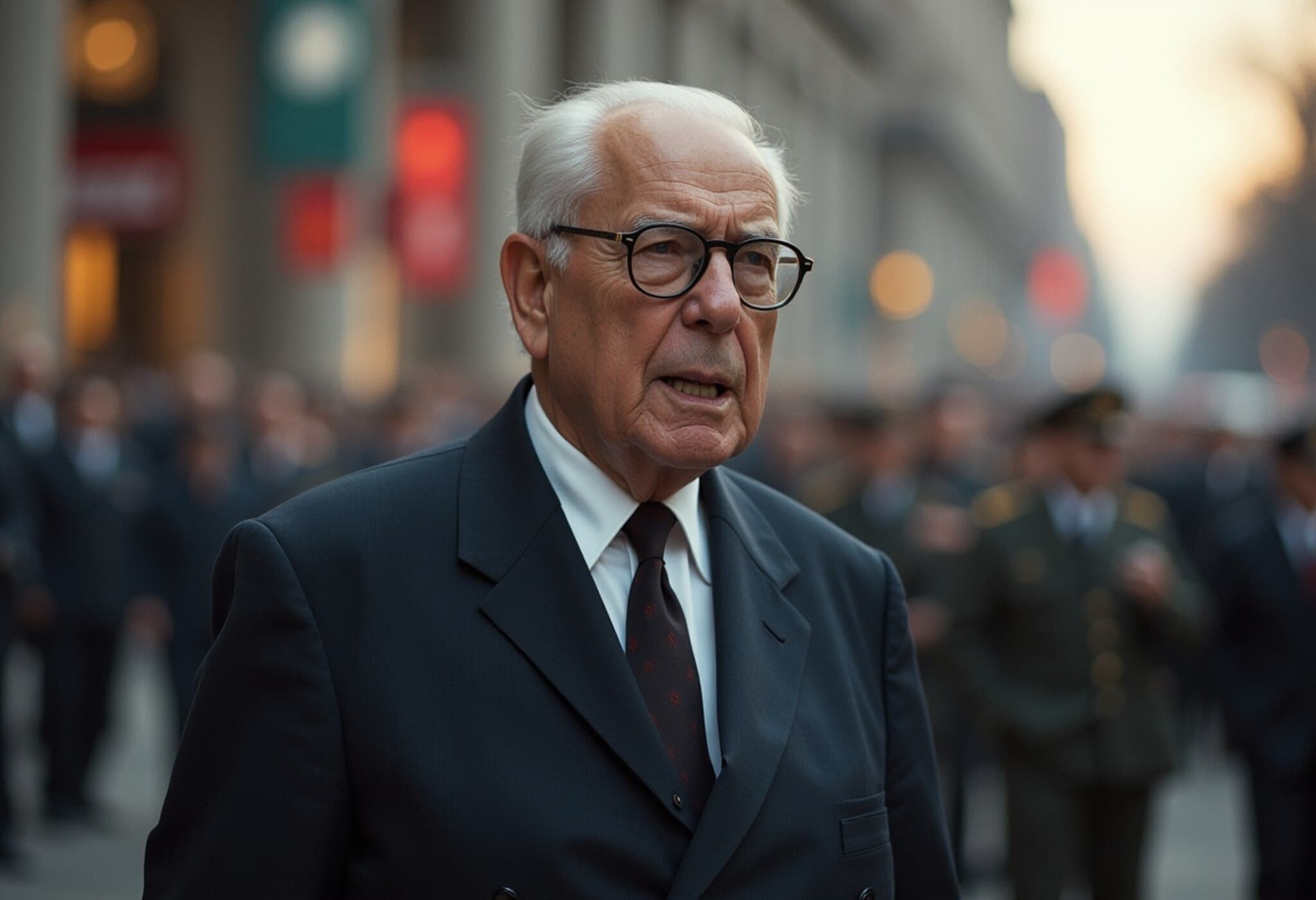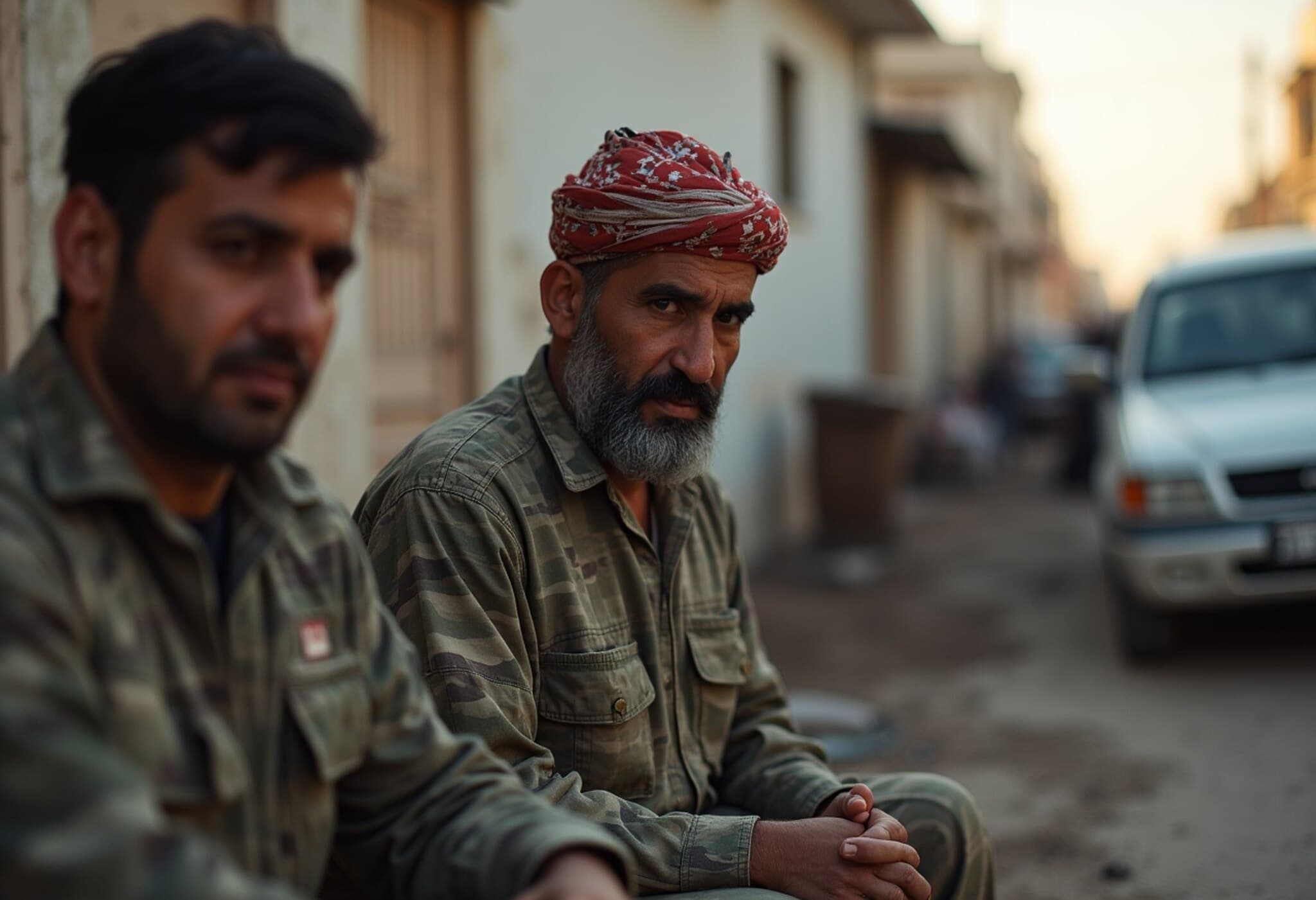The Opulent Facade of Jeffrey Epstein’s New York Mansion
Jeffrey Epstein’s sprawling seven-story townhouse in Manhattan, a 21,000-square-foot property steps away from Central Park, was far more than just a residence. It was a stage where some of the world’s most influential figures—from popes to presidents—once mingled, often under an unsettlingly dark cloud. Framed photographs inside the mansion captured Epstein alongside a former U.S. president, a prime minister, an oil-rich prince, and even Pope John Paul II. These images reveal a disturbing nexus between glamour, power, and eventually, scandal.
Who Were the Notable Visitors?
The guest list reads like a who’s who of global elites: from former President Bill Clinton, Elon Musk, and British billionaire Richard Branson, to cultural icons like Mick Jagger and political figures such as former Secretary of State Larry Summers. Even former Cuban President Fidel Castro appeared in the estate’s photographic archives. Intriguingly, the photographs preserved moments with people who, years later, have become subjects of controversy themselves.
Ghislaine Maxwell, Epstein’s close confidante and convicted sex trafficker, was a constant presence during many of these gatherings until their eventual split in the mid-2010s. The mansion also featured a framed letter from former Israeli Prime Minister Ehud Barak, attesting to Epstein's enigmatic allure and influence.
The Allure and Darkness Behind the Doors
At first glance, Epstein’s gatherings appeared intellectually stimulating—a rare blend of politicians, scientists, artists, and celebrities rubbing shoulders. Visitors often described Epstein as "fun, smart, and curious." His mansion housed eclectic elements like prosthetic eyeballs, a taxidermied tiger rug, and an eerie sculpture of a woman in a bridal gown suspended from the ceiling.
But behind this veneer was a deeply disturbing reality. The mansion held an infamous massage room, adorned with paintings of nude women, where Epstein reportedly coerced teenage girls, some still in school, to massage — and sometimes assault — him. Court documents and firsthand victim accounts have exposed layers of exploitation and abuse that starkly contrast the mansion's glittering public persona.
What Happened at Epstein’s Dinner Parties?
Far from the lavish feasts one might expect, filmmaker Woody Allen — who visited Epstein’s home — described the early dinners as surprisingly meager, sometimes comprising just takeout Chinese food. However, host Ghislaine Maxwell's tactful encouragement brought more substantial meals over time.
The gatherings were eclectic and unpredictable. Guests might find themselves entertained by magicians, or prompted to draw mathematical formulas on chalkboards. The atmosphere blended intellectualism with social spectacle — an environment rich with networking potential.
Letters, Messages, and Power Plays
Epstein’s correspondence reveals insight into his complex social web. Barak’s note lauded Epstein’s insatiable curiosity and knowledge about global elites, calling him "like a closed book to many of them but you know everything about everyone.” Meanwhile, media mogul Mortimer Zuckerman suggested menu items designed to "enhance Jeffrey’s sexual performance," an indicator of the sinister undertone beneath the social veneer.
Contextualizing Epstein: An American Legal and Policy Perspective
The Epstein case is emblematic of broader concerns about the intersection of wealth, power, and impunity in the United States. Despite Epstein’s prior conviction as a registered sex offender, he retained unparalleled access to top-tier political and cultural figures — highlighting alarming lapses in legal accountability and social oversight.
From a policy standpoint, Epstein’s network underscores the pressing need to reform how elite abuse networks are investigated and prosecuted within the U.S. justice system, emphasizing victim protections and transparency. His mansion, in effect, was both a playground and prison: a symbol of the luxurious masks that hide systemic abuse.
Underreported Narratives and Unanswered Questions
- How did Epstein maintain such a high-profile social calendar post-conviction without broader societal or legal repercussions?
- What mechanisms allowed powerful individuals to continue interactions with Epstein despite rising allegations?
- How can transparency in elite social gatherings be enforced without infringing on personal freedoms?
- What role does media coverage play in unveiling or obscuring the truths around these power networks?
Editor's Note
Jeffrey Epstein’s New York mansion is more than a physical location — it is a chilling testament to how wealth and influence can intersect with exploitation and corruption. The images and stories from within its walls serve as stark reminders of the dangers of unchecked power. As society reckons with this dark chapter, it is critical to ask not only who was present but why such abuses could persist for so long. Our vigilance in demanding accountability remains the best safeguard against history repeating itself.

